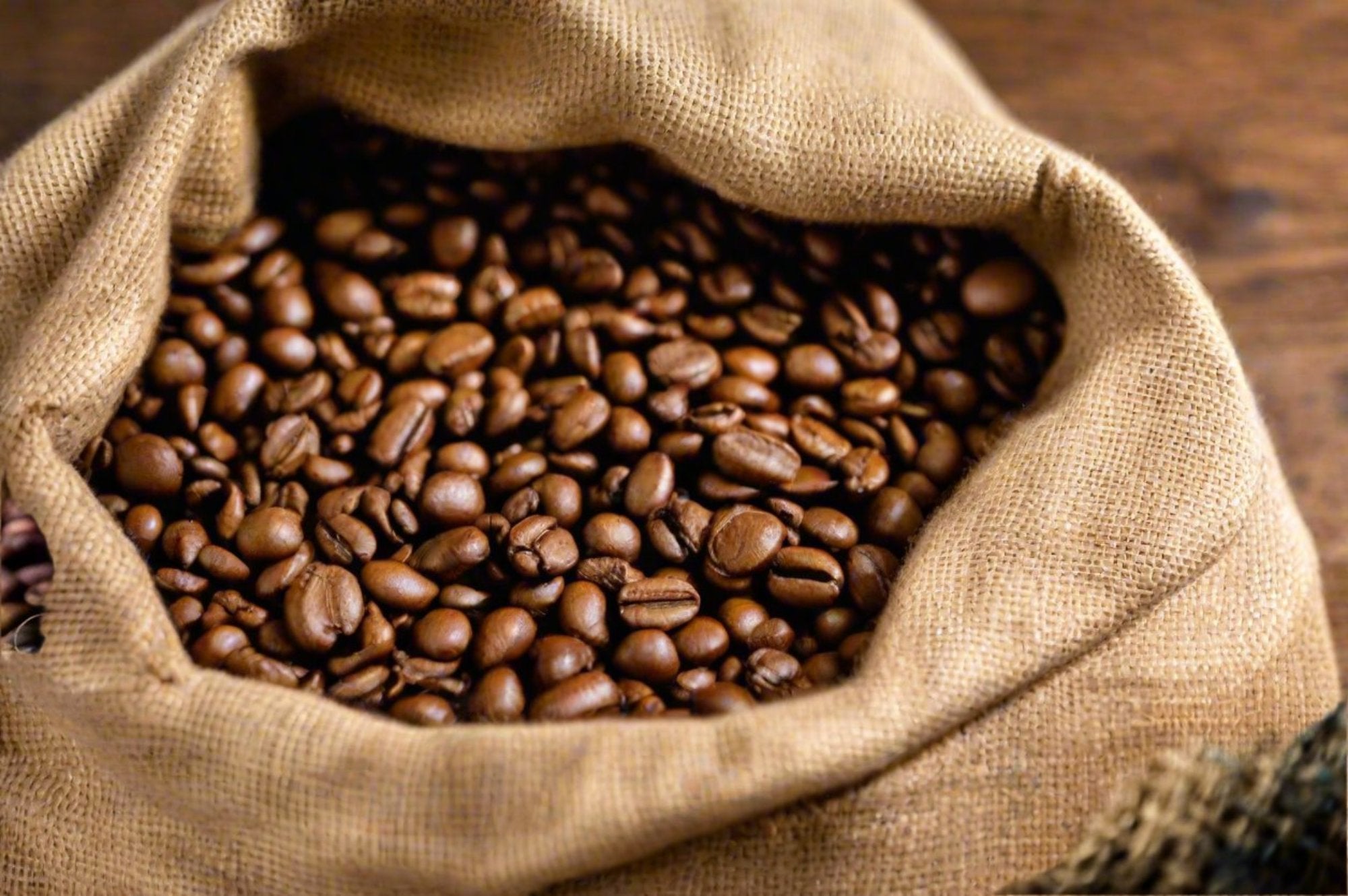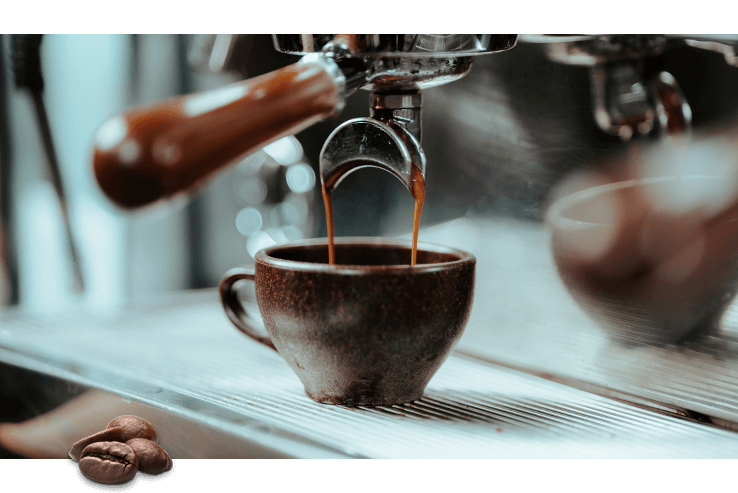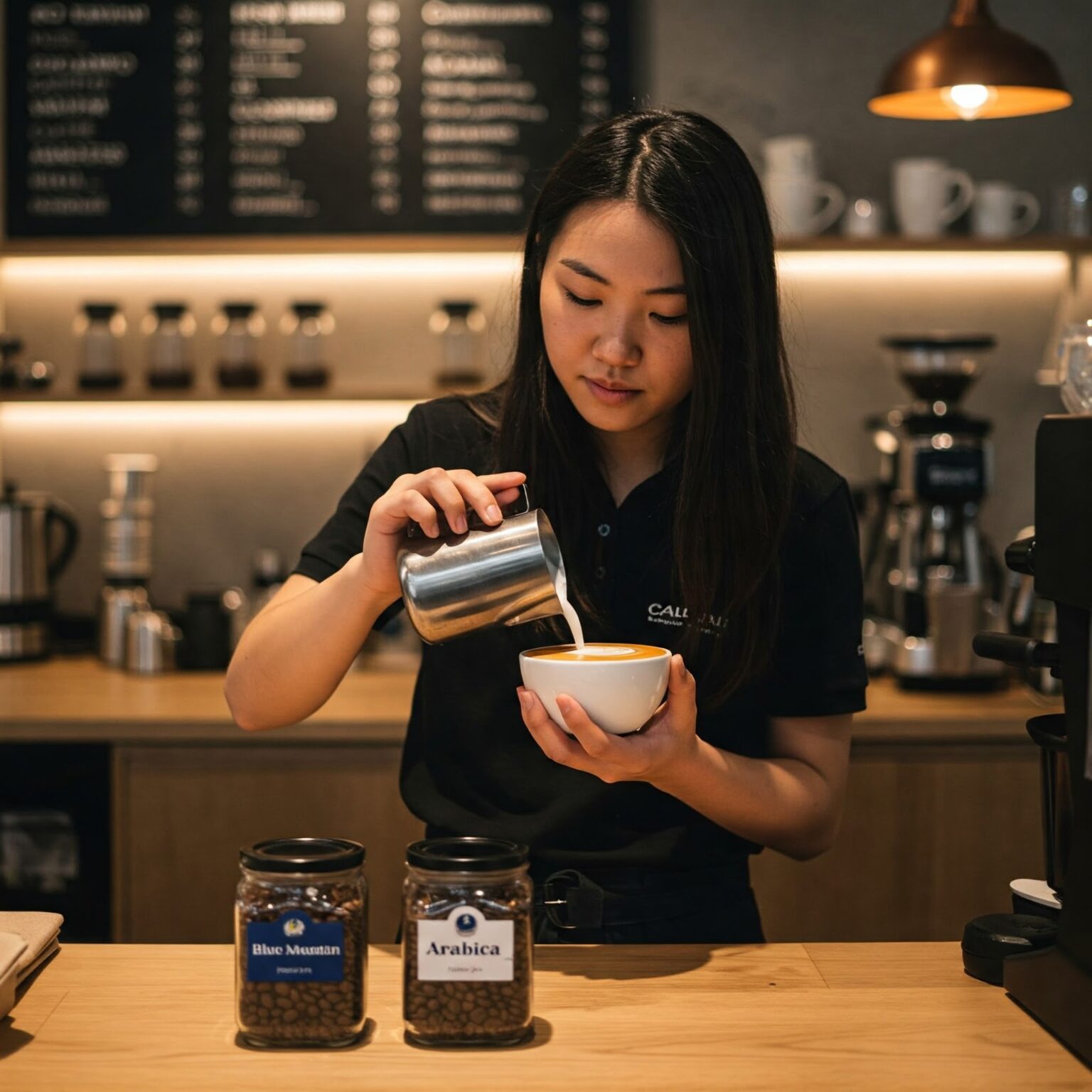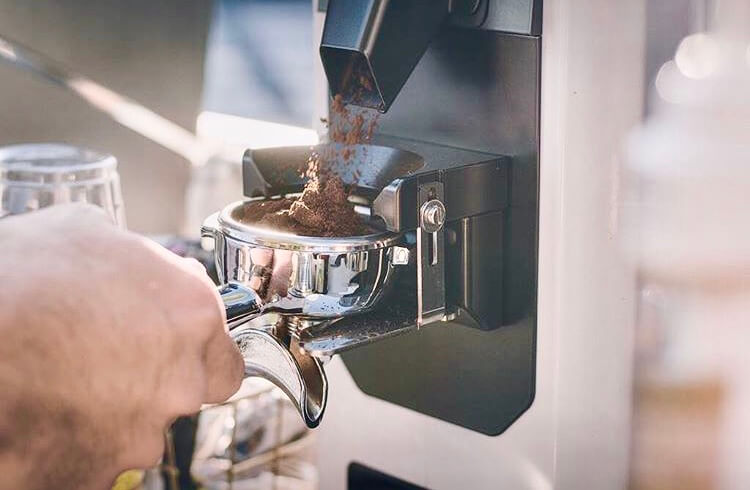Enjoying Food and Desserts with SOE Single Origin Espresso
Wiki Article
Understanding Coffee Beans: the Trip From Coffee to Blended Coffee Beans

The Beginnings of Coffee: A Worldwide Perspective
While you might think about coffee as a contemporary staple, its beginnings trace back centuries, linking with cultures around the world. The story begins in Ethiopia, where tale states a goat herder named Kaldi found the invigorating results of coffee beans after discovering his goats frolicking energetically after consuming them. This triggered interest, bring about coffee's spread to Arab traders who valued the brewed beverage. By the 15th century, it reached Persia, Egypt, and Turkey, where coffeehouses ended up being social hubs for conversation and culture.As trade paths expanded, coffee made its means to Europe in the 17th century, promptly getting popularity. Each society included its unique twist to coffee preparation, enhancing its background.
Growing and Harvesting of Espresso Beans
As coffee's journey progressed, the emphasis shifted to the cultivation and harvesting of particular bean selections, especially those made use of for coffee. You'll locate that espresso beans frequently come from Arabica or Robusta plants, each offering unique flavors. The suitable expanding conditions include high elevations and abundant, well-drained soil, which improve the beans' quality.During the harvest, selecting methods differ. Timing is vital; you want to collect when the cherries reach peak ripeness for maximum taste.
Once harvested, the beans are gotten ready for processing, which is crucial in establishing their last preference. Recognizing the farming and collecting processes gives you understanding into what enters into your favored coffee, enhancing your appreciation for every cup.
Handling Techniques: From Cherry to Bean
Since you have actually found out about gathering coffee beans, let's explore how those cherries transform right into the coffee beans you enjoy. You'll see how various harvesting strategies impact flavor, complied with by the necessary steps of fermentation and drying out. We'll break down the milling and grading process that determines your coffee's quality.Harvesting Techniques Clarified
When it pertains to coffee, recognizing harvesting methods is crucial, because they directly impact the flavor and top quality of the beans you take pleasure in. There are 2 main approaches: discerning picking and strip picking. Discerning picking entails hand-picking just ripe cherries, ensuring you get the very best quality beans. This method typically brings about a richer flavor account, though it's even more labor-intensive. On the other hand, strip selecting means collecting all cherries at the same time, despite perfection. While it's quicker and more affordable, this can result in a mix of tastes, influencing the final product. Eventually, the choice of harvesting strategy can significantly influence your coffee experience, so it's worth recognizing just how those beans made it to your mug.Fermentation and Drying Out
After gathering, the following action in handling coffee beans play a significant function fit their flavor. You'll locate that fermentation is vital, as it helps break down the mucilage surrounding the beans, enhancing their taste profile. Relying on the approach, this process can last from a few hours to numerous days, with varying results based on temperature and moisture.Sun-drying enables the beans to absorb flavors from the setting, while mechanical drying out warranties consistent dampness levels no matter of climate. Proper drying is important to stop mold and mildew and protect the beans' top quality, inevitably influencing your cup of coffee.
Milling and Grading Process
As fermentation and drying out set the stage for flavor growth, the milling and grading procedure warranties that only the finest coffee beans make it to your mug. This phase entails eliminating the external layers of the coffee cherry, consisting of the parchment and husk. Top quality beans receive a greater grade, resulting in a richer coffee experience.Toasting Techniques: Opening Flavor Prospective
When you roast coffee beans, the approach you select can substantially impact the taste profile. Comprehending the partnership between time, temperature level, and toasting techniques is vital to exposing the capacity of your brew. Allow's explore how these components collaborated to produce the ideal cup.Toasting Approaches Discussed
While you might assume that all coffee roasting techniques yield the same outcomes, the truth is that each technique reveals one-of-a-kind taste potentials in the beans. You can pick in between techniques like drum roasting, air roasting, and even typical pan roasting. Drum roasting uses a rotating drum to equally distribute warm, enhancing caramelization and generating a well balanced taste. Air roasting, on the various other hand, circulates warm air around the beans, advertising a lighter roast with obvious acidity. Frying pan toasting enables hands-on control however calls for constant interest to avoid burning. Each technique has its nuances, so explore different techniques can assist you find the best roast that straightens with your taste choices. Take pleasure in the trip of locating your ideal cup!
Influence On Taste Profile
Different toasting techniques not only influence the process yet additionally substantially influence the flavor profile of the coffee beans. Dark roasts, on the various other hand, bring out strong, smoky flavors, often concealing the bean's distinct characteristics. Understanding these subtleties aids you value the virtuosity behind your cup of coffee, improving your total experience with every sip.Time and Temperature Variables
To release the full flavor possibility of coffee beans, both time and temperature throughout the toasting procedure play substantial functions. When toasting, you'll find that higher temperatures can swiftly develop tastes, yet if you hurry it, you could finish up with burnt notes. Conversely, lower temperatures permit a much more steady taste growth, showcasing the beans' distinct qualities.
Timing is equally as essential; expanding the roast also long can lead to a loss of level of acidity and brightness, while too short a roast might leave the beans underdeveloped. Finding that wonderful spot needs practice and testing. By readjusting these aspects, you can expose the abundant, complicated tastes hidden within each bean, creating a really amazing coffee experience.
The Art of Blending: Crafting Special Coffee Profiles

Beginning by picking a base coffee that gives a strong structure. A brilliant Ethiopian bean can bring fruitiness, while an abundant Brazilian coffee adds body.
As you mix, bear in mind that each mix tells a story. You're not simply making coffee; you're producing an experience. Take your time, taste frequently, and take pleasure in the journey of finding your signature mix - Single Origin Espresso.
Developing Techniques: How Preparation Impacts Taste
Blending coffee opens up a domain name of taste possibilities, but how you brew that blend can considerably affect your final mug. Various developing methods extract distinct tastes and aromas, so it's crucial to choose carefully. A French press enables oils and debris to continue to be, developing a rich, robust experience. On the other hand, a pour-over highlights the coffee's clearness and illumination, ideal for showcasing delicate notes.Espresso, with its high pressure, produces a focused shot that emphasizes sweet taste and crema. If you like a lighter brew, consider a cold mixture technique; it produces a smooth, much less acidic preference.
Adjusting variables like water temperature, grind size, and make time can transform your coffee's account. Welcome the art of brewing to find the tastes concealed in your coffee blends.
The Future of Coffee: Sustainability and Innovation
As the coffee market advances, sustainability and technology are becoming crucial for attending to ecological difficulties and meeting customer demands. You'll discover that more coffee firms are adopting environmentally friendly methods, from sourcing beans morally to implementing lasting farming methods. These shifts not only assist the planet but additionally boost the top quality of the coffee you enjoy.You could see innovations like eco-friendly packaging and water-saving developing techniques that decrease waste. Advanced innovation, such as blockchain, is likewise ending up being prominent, making certain transparency in the supply chain, which permits you to trace your coffee back to its beginnings.
On top of that, buying local areas and sustaining farmers with fair trade efforts cultivates an extra sustainable coffee environment. As you drink your following cup, remember that your selections can add to a brighter future for coffee. By selecting lasting brand names, you're not simply appreciating a beverage; you're making a positive effect on the globe.
Often Asked Questions
What Is the Distinction Between Arabica and Robusta Beans?
Arabica beans are smoother, sweeter, and have a higher acidity, while robusta beans are stronger, a lot more bitter, and include even more caffeine. You'll observe these distinctions in taste and aroma when making your coffee.Exactly How Does Altitude Affect Coffee Bean Flavor?
Altitude impacts coffee bean flavor considerably. Higher elevations create beans with brighter level of acidity and facility tastes, while lower altitudes typically yield beans that are larger and much less nuanced. You'll notice these differences in your cup!What Are the Health And Wellness Perks of Drinking Coffee?
Consuming coffee can boost your power, enhance psychological emphasis, and even enhance physical efficiency. It's rich in anti-oxidants, may decrease the danger of certain diseases, and can promote a healthier metabolic rate when eaten in small amounts.Can Coffee Beans Be Reused for Brewing?
Yes, you can reuse coffee beans for brewing, however the taste could be weak. If you enjoy experimenting, try reusing them in various means, like cold mixtures or including to smoothie mixes for an added kick.Exactly how Should I Shop Coffee Beans for Freshness?
To keep your coffee beans fresh, store them in a closed container in an awesome, dark location. Stay clear of subjecting them to wetness, warm, or light, as these variables can quickly weaken their taste and aroma.Recognizing Coffee Beans: the Journey From Coffee to Blended Coffee Beans.
Now that you've learned about gathering coffee beans, let's explore just how those cherries transform right into the coffee beans you enjoy.When you roast coffee beans, the method you pick can significantly influence the flavor account - Single Origin Espresso.While you might think that all coffee toasting techniques generate the same results, the reality is that each technique discloses distinct taste capacities in the beans.Various toasting techniques not just influence the process yet additionally greatly impact the flavor account of the coffee beans
Report this wiki page